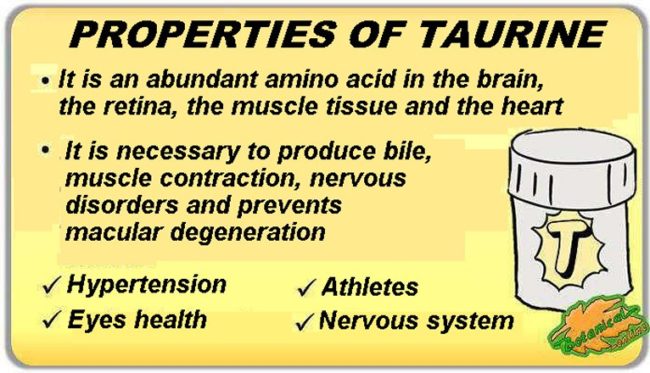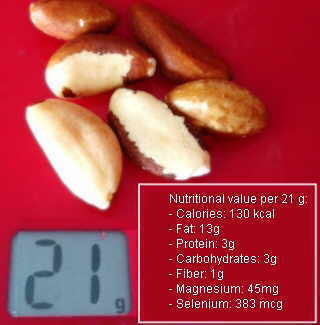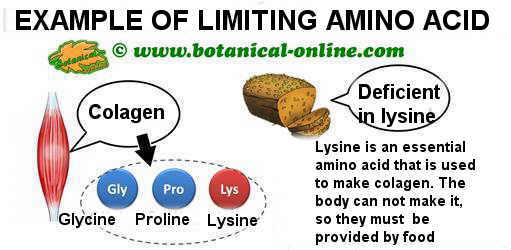Contents
- 1 Characteristics of taurine
- 1.1 What is taurine?
- 1.2 Functions of taurine in the body
- 1.3 Where do you get taurine from?
- 1.4 Properties of taurine
- 1.5 Taurine to produce bile and assimilate fats well
- 1.6 Taurine for athletes
- 1.7 Taurine for the nervous system
- 1.8 Taurine for sight
- 1.9 Taurine for the heart
- 1.10 Antioxidant properties of taurine
- 1.11 Taurine as osmolyte
- 1.12 Sources of animal origin rich in taurine
- 1.13 Plant-based foods with taurine
- 1.14 Can a lack or deficiency of taurine occur?
- 1.15 Vegetarianism and taurine deficiency
- 1.16 Taurine supplements
Characteristics of taurine
What is taurine?
Taurine is an organic acid with sulfur, present in many foods, which the body uses mainly for the formation of bile. In addition, it is also one of the most abundant amino acids in the brain, the retina, muscle tissue, and many other organs.
The name of the taurine molecule derives from the Latin voice Taurus (bull).
Functions of taurine in the body

Taurine is part of the muscle tissue and is the most abundant amino acid of organs as important as the eyes and heart. It seems that this component has excitatory properties of the nervous system and of the muscle, and every day it becomes more important in supplementation due to its possible role as a neurotransmitter and its potential benefits in the treatment of diseases.
Where do you get taurine from?
The body itself can synthesize taurine from the amino acid cysteine, when there are sufficient levels of pyridoxine (vitamin B6). In addition, it is also found in foods of animal origin, being one of the few amino acids that does not appear incorporated in proteins, but free.
Chemically, taurine is the only known natural sulfonic acid, a derivative of the amino acid cysteine with a thiol group.
Properties of taurine
Taurine is produced by our body naturally when we are well nourished, from proteins. Therefore, it is not an essential amino acid (it is not necessary to provide it in the diet), although it can be interesting if it is administered as a supplement in certain treatments.
Taurine has different beneficial properties, especially for the nervous system, which can be summarized in the following points:
- Production of bile and fat digestion
- Increased sports performance
- Hypertension
- Nervous system
- Anxiety and stress
- Insomnia
- Improves cardiac, muscular contraction and hypertension
- Vision health
Taurine to produce bile and assimilate fats well
Taurine is necessary to properly assimilate the fats of food and its fat-soluble vitamins, since it is an essential part of the formation of bile, which processes these nutrients.
There is also the hypothesis that taurine is capable of increasing the secretion of insulin from the pancreas. In fact, there are curious studies in which an improvement of diabetes has been observed only eating fish daily for a couple of weeks (the fish is rich in taurine). In any case, medical and dietitian-nutritionist advice is recommended.
Taurine for athletes
Taurine is an amino acid known for its excellent function at the muscular level, for its stimulation of lean tissue and helps in its contraction and decontraction, especially in athletes or situations of protein deficiency.
It is attributed with properties of strengthening both the cardiac musculature, as well as the muscles of the eyes and the musculature of the organism in general. Along with creatine, is part of numerous drinks and supplements used to increase muscle mass of athletes.
Taking L-Taurine as a supplement is a real stimulant widely used in sports to improve physical and mental qualities.
Taurine for the nervous system
Taurine is also well known for its central nervous system tonic action and neuroprotective effect. At this point, it is worth mentioning that many people have the idea that taurine has exciting or stimulating properties similar to those of caffeine, by advertising some energy drinks that contain taurine added. Nothing is further from reality. The truth is that the true properties of taurine for the nervous system are far from these connotations.
The action of taurine in the nervous system is similar to that of the neurotransmitter GABA (Gamma Aminobutyric Acid), since it promotes relaxation and well-being. That is why this amino acid is attributed important effects when it comes to reducing anxiety and the symptoms of drug withdrawal crises or epileptic seizures. It is also recommended to take taurine before going to sleep for insomnia (Taurine before going to bed).
In combination with vitamin C and bioflavonoids, it has better beneficial effects against the effects of quitting smoking.
* More information: Taurine for the nervous system

Taurine for sight

Taurine deficiency accelerates macular degeneration. Scientific studies support that taurine provides neuroprotection against cellular degeneration of the retinal ganglion. The degeneration of these cells of the retina occurs in numerous diseases of sight that lead to blindness, such as glaucoma, or the loss of photoreceptors.
In animal experiments, it has been observed that taurine is one of the most effective natural resources of the body that protect the distal retina from the application of toxic levels of glutamate or other toxins, due to its neuroprotective role. In the human retina, taurine is critical for the development of photoreceptors and acts as a cytoprotective against neuronal damage related to stress and pathologies.
Therefore, this component is included in the vademecum for the natural treatment of various diseases of the eyes, such as macular degeneration, glaucoma, retinal detachment, etc. (Supplements of L-Taurine 500mg from 1 to 3 capsules per day)
Taurine for the heart
L-Taurine is considered a regulator of blood pressure, both in cases of hypertension and hypotension, and stimulating hormones and growth.
Antioxidant properties of taurine
Taurine also has an outstanding antioxidant role in protecting against oxidative stress in tissues. Scientific studies have proven how necessary it is to have good levels of taurine to avoid the damage caused by the accumulation of free radicals on inflammatory processes, cardiovascular health, diabetic nephropathy and eye health.
Taurine as osmolyte
In biology, taurine is classified as osmolyte, which is an organic substance that affects cellular osmosis, intervening in the balance of electrolytes inside and outside cells. This amino acid interferes in the regulation of several minerals in our body, such as sodium, potassium or magnesium and calcium, providing that these are in a proper balance.
Sources of animal origin rich in taurine
- Breast milk is a high source of this amino acid, more than cow’s milk.
- Meat (poultry, veal, lamb, etc.)
- Fish and shellfish
- Milk and derivatives
- Eggs
Plant-based foods with taurine
Generally, taurine is not found in products of plant origin. Some consulted tables show that in some vegetables poor amounts have been found in this amino acid. Those that contain it most are:
- Garlic
- Shiitake
- Irish moss
- Parsley
Can a lack or deficiency of taurine occur?
We do not usually have deficiencies of taurine with a habitual consumption of foods of animal origin, very rich in taurine, and because our body is capable of producing this substance from the proteins of food.
Vegetarianism and taurine deficiency
Vegetarian people who do not take enough protein are more likely to have taurine deficiencies, but they have no risk if they make an adequate supply of quality protein.
taurine supplement
Taurine supplement photo
Taurine supplements
Although taurine supplements can be taken, it is recommended to cover the needs of taurine with the proper diet. If you want supplementation, it is advisable to consult with the doctor or specialist.
The usual dose is usually 1 to 3 capsules a day of 500 mg. of L-Taurine.
![]() More information on taurine
More information on taurine








